- the GDC talk presents a great explanation of Quaternions and expands the concepts to cover dual quaternions
- presents interactive and visual examples of the different components and operations involved
- shows issues and limitations with matrix interpolations and how quaternions and dual quaternions can solve these limitations

- this blog post covers how to extend a raytracer in a voxel world with support for reflections
- expands perfect reflection to allow for refraction
- contains challenges for the reader to develop their understanding further
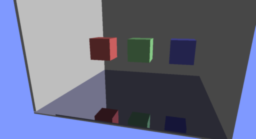
- the paper introduces a method for view synthesis of facial expression captures in 3D views not captured
- the presented solution is running at real-time rates without relying on machine learning techniques
- achieved using a layered mesh for view-dependent information and mixing this with view-independent RGBA texture video
- the included paper presents a summary of the technique, compares it against existing solutions, and discusses the limitations of the approach
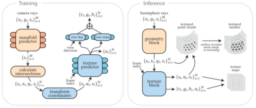
- the video presents a summary of all the papers that will be presented at the I3D Conference 2024
- shows a brief summary of a couple of seconds for each paper
- papers cover an extensive range of topics, from ML techniques, VR research, upcoming display technologies, new filtering approaches, and much more
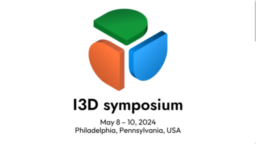
- the paper discusses a generative model that is trained to generate multiple types of noise and blend between them
- presents the network architecture, how it has been implemented and improved
- shows many examples of the generated results
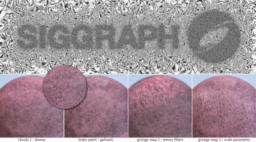
- the paper presents a framework to shape rendering noise to optimize samples for perceptual quality and denoising performance
- shows how sampling patterns can be optimized to take advantage of knowledge about post-processing spatial and temporal filtering characteristics
- demonstrates how to use the framework on example applications

- the video shows the limitations of Nanite from an artist’s perspective
- presents the debug views to explain why vegetation scenes are more difficult for the system to process
- discusses possible solutions through the use of procedural generations and fallback LODs
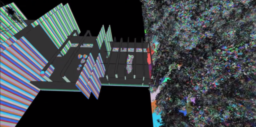
- the Godot engine is switching the definition of near/far plane, with the near plane now mapping to a depth of 1 and the far plane to 0
- this post explains common patterns that are affected by this change
- additionally provides links to explain why this new mapping allowed significantly improved depth buffer precision

Thanks to John Burton for support of this series.
Would you like to see your name here too? Become a Patreon of this series.